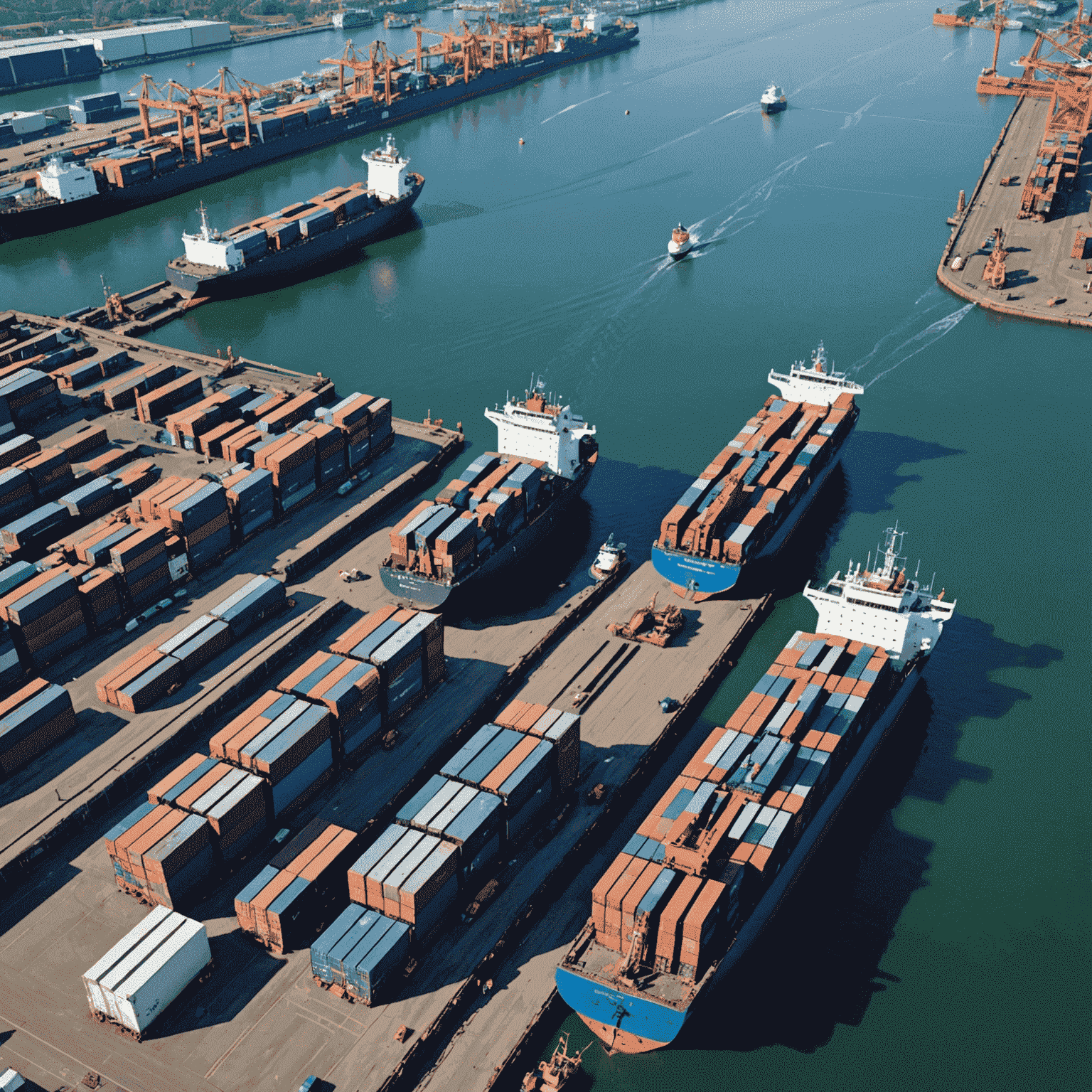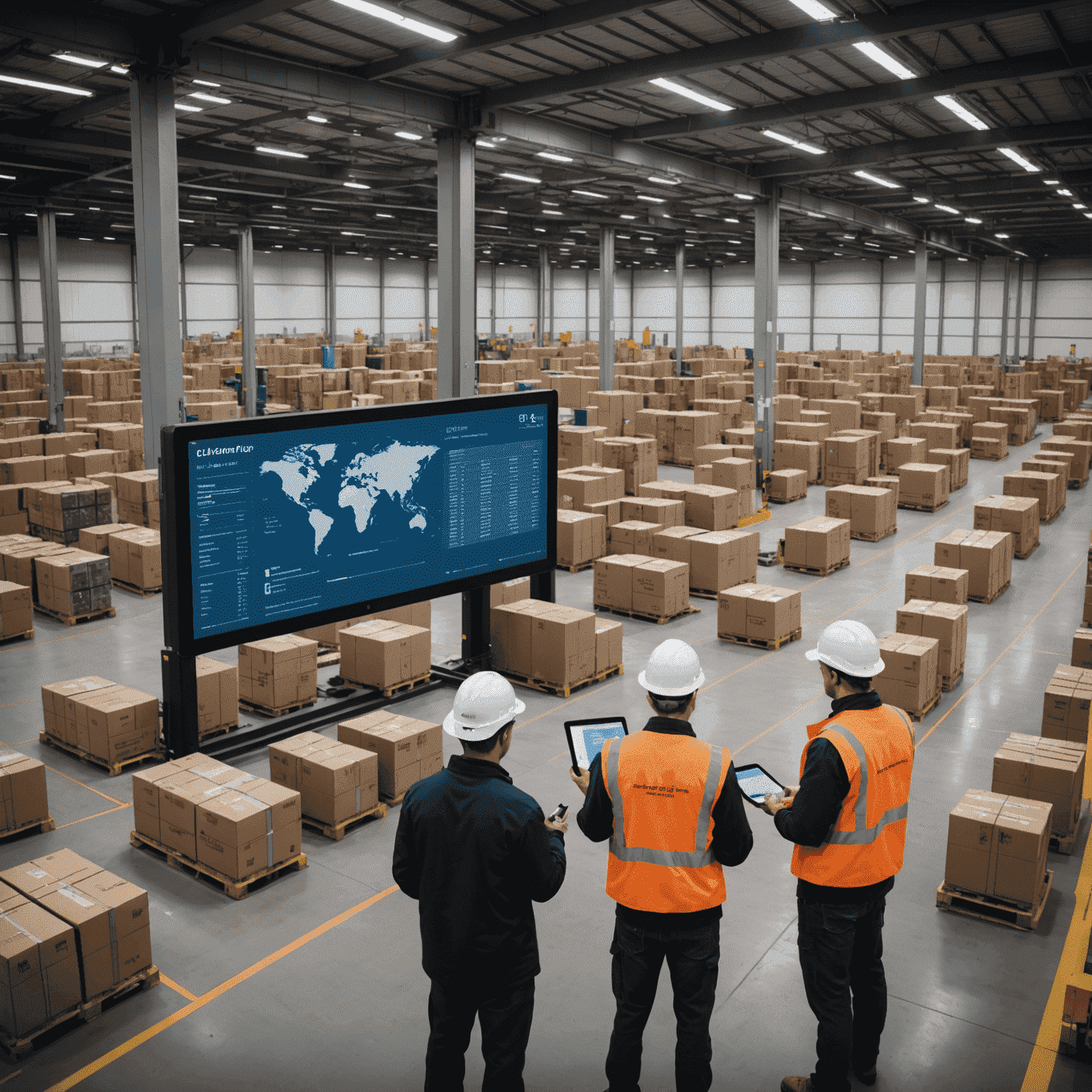Canadian Logistics Update: Navigating the Future of Cargo Transportation

As the landscape of cargo transportation in Canada continues to evolve, staying informed about the latest news and regulations is crucial for industry professionals and stakeholders alike. Here's a comprehensive update on the key developments shaping the future of logistics in the Great White North.
New Environmental Regulations Impact Shipping Routes
Recent environmental protection measures implemented by the Canadian government are set to reshape traditional shipping routes. The new regulations aim to reduce the carbon footprint of cargo transportation, with a particular focus on protecting sensitive marine ecosystems along the coast.
Key points include:
- Mandatory use of low-sulfur fuels in designated marine protected areas
- Speed restrictions in whale migration zones
- Incentives for vessels utilizing green technologies
Technological Advancements Boost Efficiency
The adoption of cutting-edge technologies is revolutionizing cargo handling and tracking across Canada. From AI-powered logistics planning to blockchain-based supply chain management, these innovations are setting new standards for efficiency and transparency in the industry.

Infrastructure Investments Pave the Way for Growth
Significant investments in Canada's transportation infrastructure are creating new opportunities for cargo movement. Notable projects include:
- Expansion of port facilities in Vancouver and Halifax
- Upgrades to rail networks connecting major industrial hubs
- Development of smart corridors for autonomous truck platooning
Cross-Border Challenges and Solutions
With the ongoing evolution of international trade agreements, cross-border cargo transportation faces both challenges and opportunities. Industry leaders are working closely with government officials to streamline processes and enhance the flow of goods between Canada and its trading partners.
Workforce Development Initiatives
Addressing the growing demand for skilled professionals in the logistics sector, new training programs and partnerships between industry and educational institutions are emerging across Canada. These initiatives aim to build a robust workforce capable of navigating the complexities of modern cargo transportation.

Conclusion
As the Canadian cargo transportation industry continues to adapt to new challenges and opportunities, staying informed and agile is more important than ever. By embracing innovation, sustainability, and collaboration, stakeholders can ensure that Canada remains at the forefront of global logistics excellence.